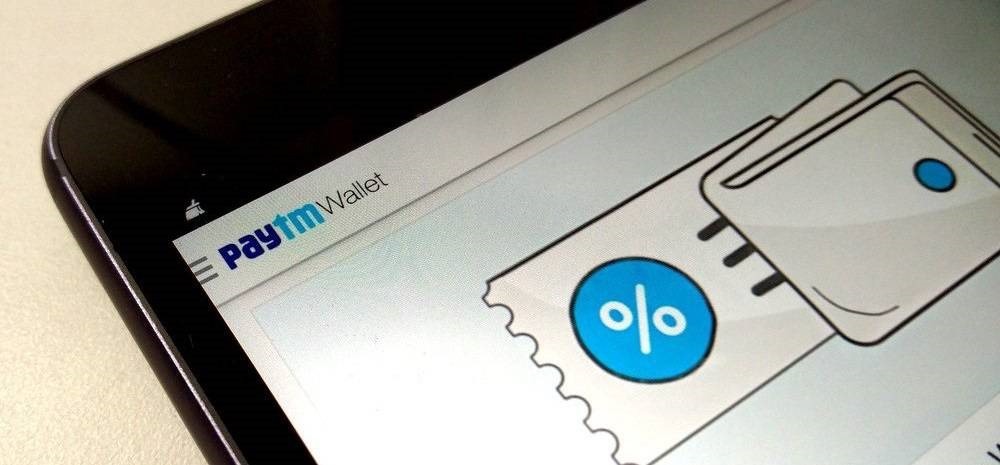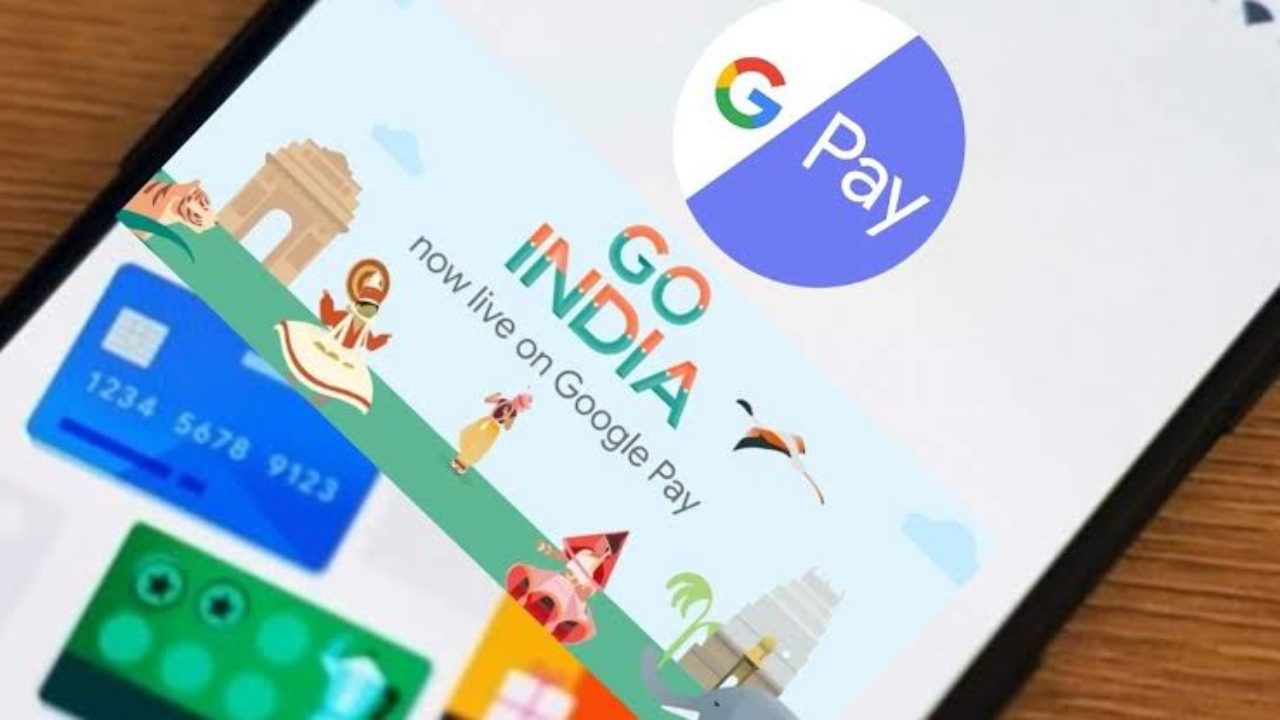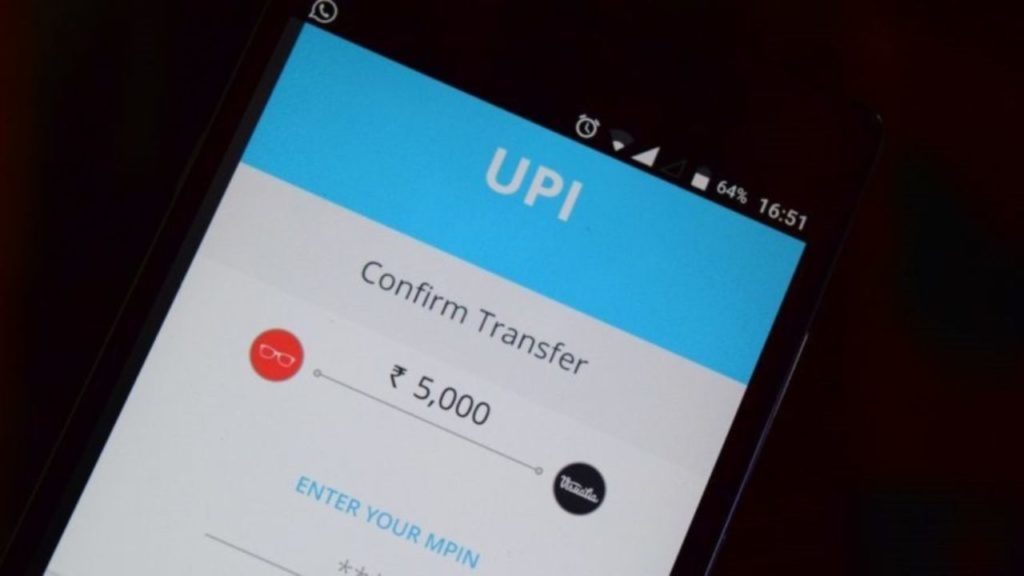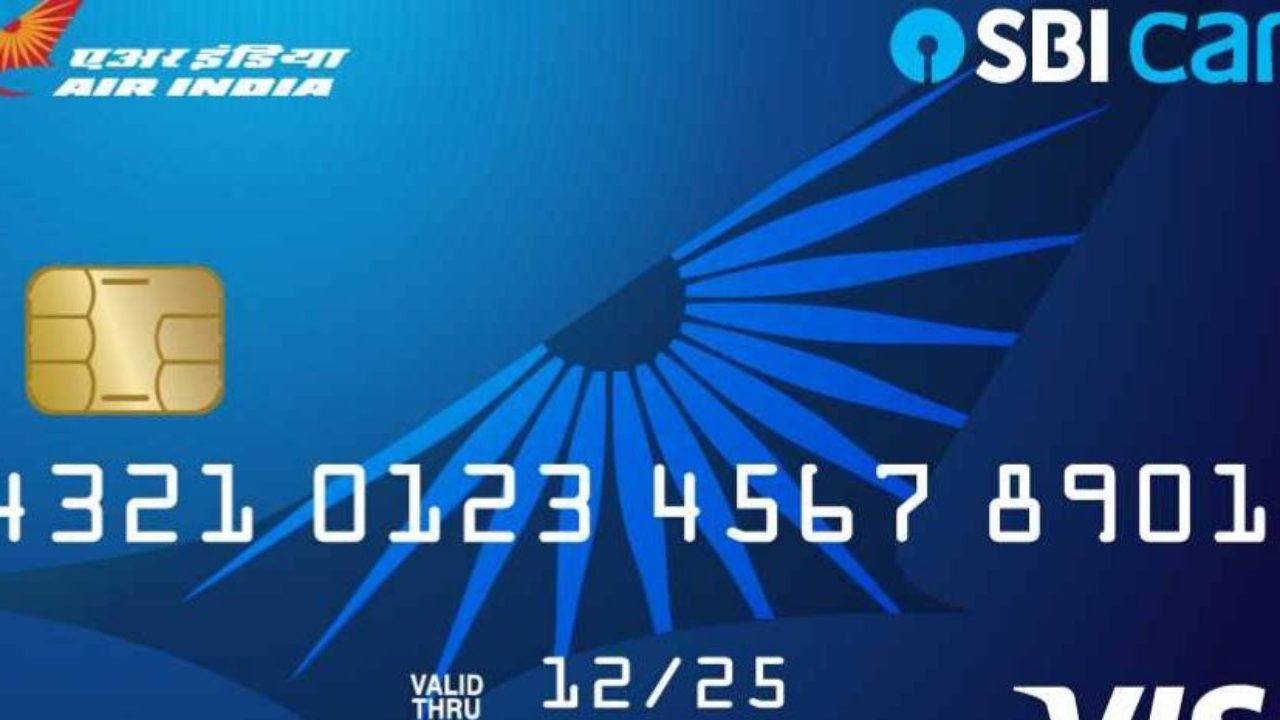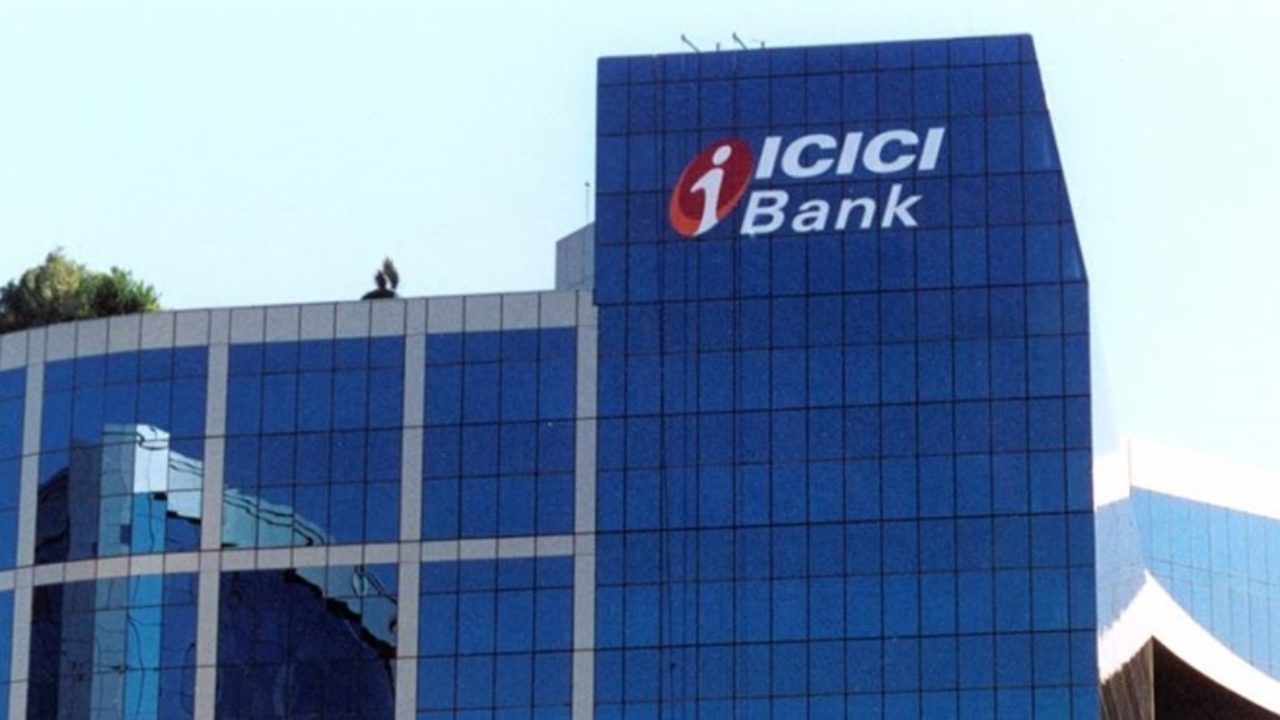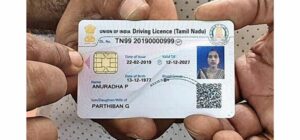On Wednesday, speaking at a post-policy press conference, Reserve Bank of India (RBI) governor Shaktikanta Das clarified the difference between the digital rupee and Unified Payments Interface (UPI).

This comes amid the chatter that started post the launch of the pilot retail central bank digital currency (CBDC) within a closed user group about the roles of digital currency and UPI.
On December 1, a pilot for the retail digital rupee (e-₹ R) was started by RBI, for which 8 banks have been identified by the central bank for the first of the two-phase project.
Key Take-aways from RBI’s Post Policy Press Conference
Pointing out the difference, RBI Governor said that the UPI transactions are routed through bank, whereas in case of digital currency, the money gets transferred from wallet to wallet without any such involvement.
He said that “Any UPI transaction involves intermediation of the bank…. In CBDC, just as paper currency users go to the bank, draw currency and keep it in their purse, similarly, here also users can draw the digital currency and keep it in their mobile phone wallet and make payments. It will move from one person’s wallet to the other person’s wallet without the intermediation of the bank”.
The RBI deputy governor T Rabi Sankar said that “UPI is movement of money from bank account to bank account, and digital rupee is a payment of cash. It is possible that two private entities can be provided the wallet and money can be moved between them, which is not possible with UPI because UPI has to involve a bank for payment”.
- Anonymity as a Key Feature: A key feature of the digital currency is “anonymity”. Since the money will move from one wallet to another, there will be digital footprint. The bank will not be able to track it.
The movement of money can be enabled directly between two private entities, individuals or businesses, as is the case with cash.
In UPI, though, the movement is only between two bank accounts.
- PAN requirement for CBDC: This had been introduced to prevent illegal transfers and to curtail the flow of black money. Das said that the same rules apply to the newly launched digital currency. Just like there is a PAN requirement for cash payments beyond a certain limit, same will apply here too.
- Amendments in RBI Act: Necessary amendments to incorporate the digital currency under the RBI Act have been made. He said that “The amendment in the RBI Act with regards to the CBDC says that currency will also include digital currency. There is no difference in paper currency and digital currency”.
- Technological solutions: The central bank is also looking to tap tech for the digital currency. “We are looking at technological solutions and we understand that the technology is possible,” Sankar added.
